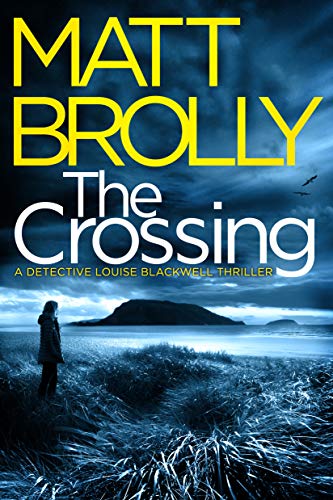I’ve not read any of the author’s previous books, but this one has inspired me to check them out.
Detective Inspector Louise Blackwell has been transferred from Bristol
to the seaside town of Weston-super-Mare.
When an older woman is found murdered, Louise is put in charge of the
investigation which quickly becomes more complicated when an elderly priest is
killed. Both bodies have similar
injuries, and there are suspicions that there may be more victims to come. Louise is anxious to prove herself in her murder case since her transfer.
Louise’s life, both professional and personal, is developed. Her transfer from Bristol is the result of an
unfair judgment in a previous case, so she must deal with this demotion. She does not feel at home in Weston and is not
fully comfortable with her colleagues. Louise
is trying to escape the influence of a previous partner whom she knows will try
to insert himself into her current investigation if she does not solve it
quickly. And there are concerns about
her widowed brother whose struggles are putting his daughter’s welfare in
jeopardy.
The narrative alternates between Louise’s perspective and that of the
murderer. His identity is revealed early
in the book, but the reason for his actions is not. There are clues from the beginning; for example,
there are statements like “The warmth and security made him sentimental, made
him forget what his mother had done” and “He had to save his father.” Much of my interest in the book lay in trying
to put together all the clues to figure out the motivation. This structure made me think of episodes of Criminal Minds.
There were a couple of issues that bothered me. After the discovery at the first victim’s
home, wouldn’t a toxicology report be requested? There is an autopsy but never any reference
to a toxicology screen. And that
discovery is never explained. There is
also some awkward diction; in Chapter 11, the word “object” is used three times: “He ran his hand across one part of the
object” and “he would have to wait until nearer the time to complete the object”
and “he spent another hour working on the object before locking up.” The word is used several times throughout the
book. Obviously, the point is not to
identify the object because it is central to Geoffrey’s plans, but perhaps just
a reference to a wood-working project would have been better.
I read the book in one day; it is a quick but absorbing read. I will certainly read The Descent, the next book in the series which I understand is due
for release this summer.
Note: I received a digital
galley from the publisher via NetGalley in exchange for an honest review.

No comments:
Post a Comment